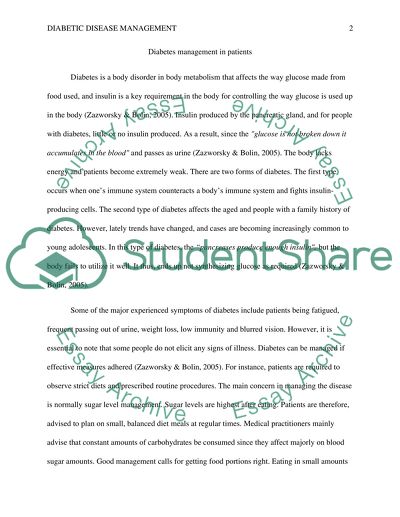Cite this document
(“Diabetic Disease Management in African American Elderly Essay”, n.d.)
Diabetic Disease Management in African American Elderly Essay. Retrieved from https://studentshare.org/nursing/1449164-diabetic-disease-management-in-african-american
Diabetic Disease Management in African American Elderly Essay. Retrieved from https://studentshare.org/nursing/1449164-diabetic-disease-management-in-african-american
(Diabetic Disease Management in African American Elderly Essay)
Diabetic Disease Management in African American Elderly Essay. https://studentshare.org/nursing/1449164-diabetic-disease-management-in-african-american.
Diabetic Disease Management in African American Elderly Essay. https://studentshare.org/nursing/1449164-diabetic-disease-management-in-african-american.
“Diabetic Disease Management in African American Elderly Essay”, n.d. https://studentshare.org/nursing/1449164-diabetic-disease-management-in-african-american.


